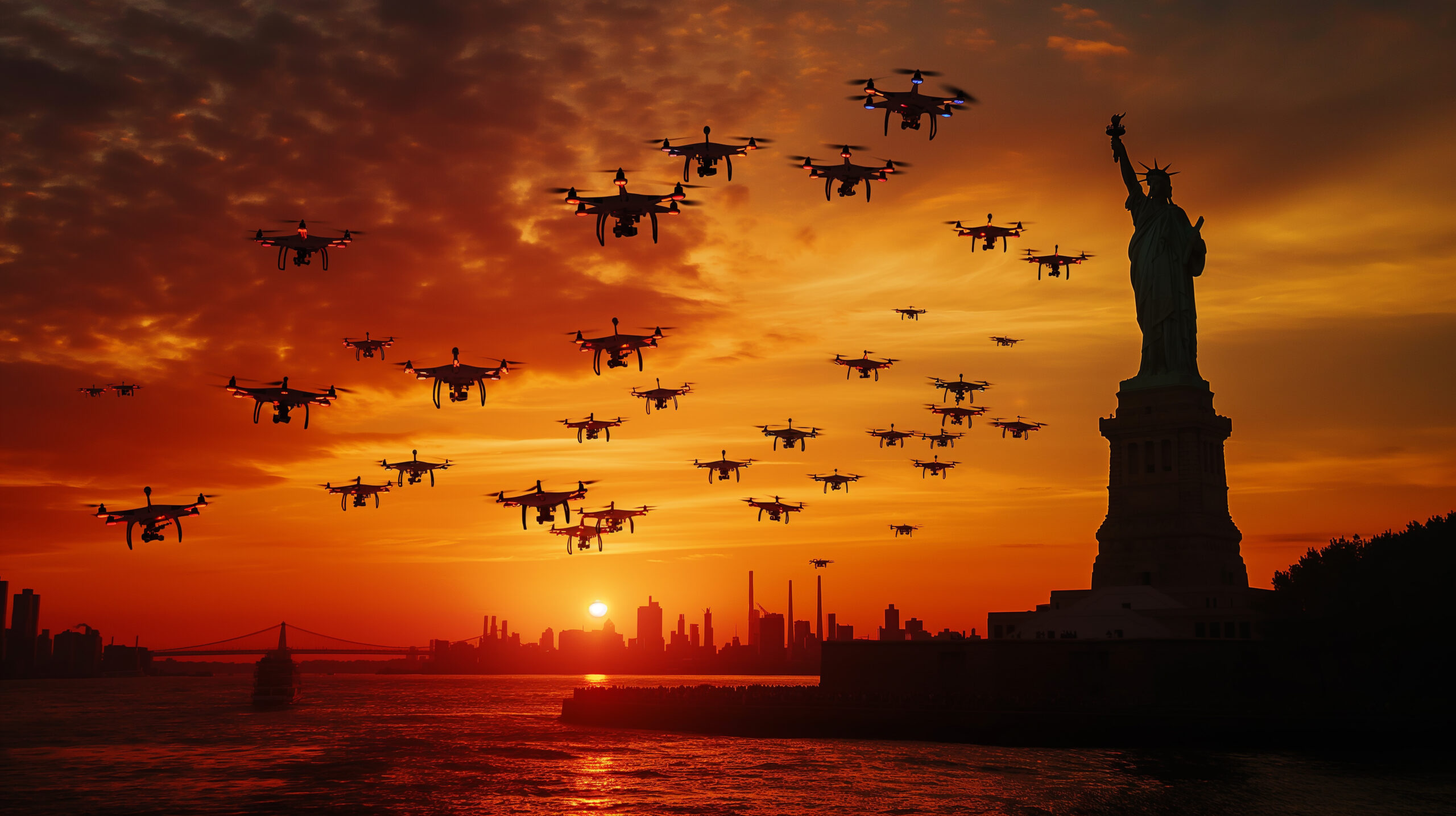Improvised explosive devices, or IEDs, are homemade bombs that can both injure and kill civilians and service members. For the Department of Defense, one solution to the problem of IEDs is to find them before they explode by detecting the chemicals used in the explosives. Scientists at the U.S. Naval Research Laboratory (NRL) have developed a technology, using silicon to fabricate a sensor that may revolutionize the way trace chemical detection is conducted.
The sensor, called Silicon Nanowires in a Vertical Array with a Porous Electrode, or SiN-VAPOR, is a small, portable, lightweight, low power, low overhead sensor that NRL researchers hope can be distributed to warfighters in the field and to security personnel at airports across the globe.
SiN-VAPOR is an example of nanotechnology. “Nanoscale is 1×10-9 meters,” explains Dr. Christopher Field, the NRL scientist leading this research. “So, let’s assume that the diameter of a human hair is 100 microns. If you can take the diameter of a human hair, cut it, and look at the cross section area. We can fit a million of our nanowires in the cross section area of a single human hair.”
Currently, bomb-sniffing dogs and laboratory-grade equipment are the state-of-the-art technology for trace chemical detection. However, both of these options are expensive and require a trained professional to handle them. The challenge of detecting the IEDs is the identification of trace chemicals that are easily masked by abundant compounds like perfumes or diesel exhaust.
The NRL-developed SiN-VAPOR architecture is unique and different from other similar technologies in that it is a 3D architecture, so NRL researchers are maximizing the surface area in order to maximize the sensing capabilities within the sensor. The SiN-VAPOR sensor is still in the early stages of development, but the technology has demonstrated detection capability on the parts-per-billion, and even parts-per-trillion, level of sensitivity. Being able to detect and operate in the parts-per-billion to parts-per-trillion range is an important first step in using trace chemical detection to solve the IED detection problem. So NRL researchers are very excited about the SiN-VAPOR architecture.
The next big hurdle for the researchers will be selectivity. Because NRL researchers are using silicon for this sensor, they are hoping to build on the years of experience that the semiconductor industry has in working with silicon structures and learn from it to advance the selectivity of their sensors. “Combine that experience with the scientists and facilities that we have here at NRL, we are very excited and confident about getting over that last hurdle to transition this technology to the warfighter and also to the consumer,” said Dr. Field.
Looking to the future, the goal of the SiN-VAPOR project is to have a small field-deployable, distributed sensor on the same form factor as the cell phone. For those who are Star Trek fans, “This would be akin to the Star Trek tricorder,” explains Dr. Field. With a field-deployable sensor, anyone could be able to do chemical detection using a cell phone. It is possible that every soldier out in the field could become a point detector and identify IED’s. The SiN-VAPOR sensor might be able to supplement bomb-sniffing dogs in their job and also help improve airport security.
Source: U.S. Naval Research Laboratory




